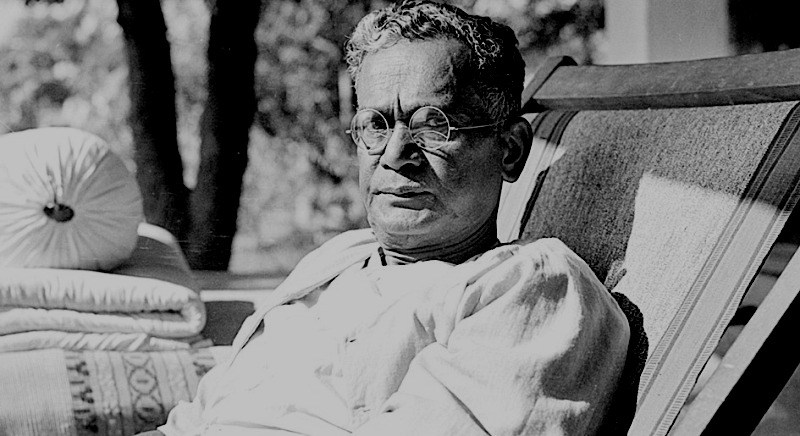EXCERPT
Nandalal Bose was a gifted artist nurtured by the likes of Tagore and Gandhi. The New Leam is happy to share an excerpt from a beautiful essay (The Discipline of Art) that was published in 1968. At a time when we witness the all-pervading degeneration of what is regarded as ‘popular culture’, it is refreshing to be enlightened by Bose: the way he saw art as a meditative practice, a kind of sadhana.
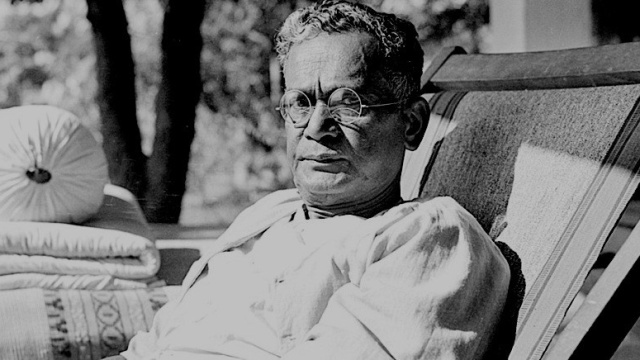
According to the Upanishads, the universe is a projection of Ananda, Bliss or Delight. It is a Delight that supports and comprehends all human joys and sorrows and, at the same time, transcends them. The creation of the human artist too is for the sheer joy of creation, and it determines the genuineness of art-object. For if a painting or sculpture owes its origin to the creative delight, it will communicate its own test to the others. The real work of art knows no death. If all the frescoes and sculptures of Ajanta and Ellora were to disappear, they would yet not die. In the mind of the art lover they would live for all times. If a single artist has looked at them, their truth will influence and live through his work. It comes to this that insofar as art is creation, it follows the law of all living things. It continues down the generations.
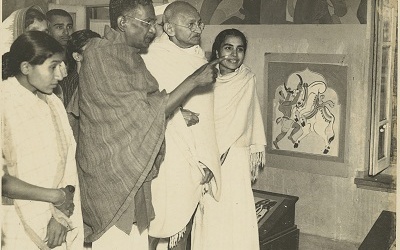
The aim and endeavor of all the arts are same. Poetry, sculpture, painting, dance, music, each of these, through a rhythm peculiar to itself, tries to capture the rhythm of joy which is the essence of all manifestation. Here there is a parallel between the pursuits of art and yoga. In spiritual sadhana or discipline the search is for the Unity of creation at the heart of diversity, it is to find the One by knowing, which you know all. In a similar manner, art too moves towards its own vision of unity. As a Chinese artist has put it: ‘To a genuine artist the image of godhead, and a blade of grass, both carry the same value. They have in them the power to inspire the same aesthesis.’ This will show how comprehensive is the artist’s sense of unity. Of course, this does not imply any disrespect for the image of the god. It only shows the need for giving the same respect to the blade of the grass.
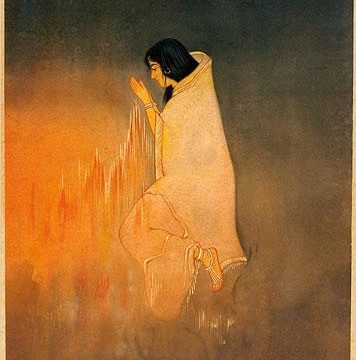
In the pursuit of his art, the artist becomes completely impersonalized. As an individual, he has his own dispositions, desires, sentiments, etc. At a particular moment he is moved by an impulse; in the next, in his attempt to create, he frees himself from that; then he does not have any desire or attachment with regard to the subject, and the keenness of his individual perception takes on in a new, impersonal character. At the time of creation, the artist transcends the limits of his personality, and the subject too changes from the merely emotional to rasa or the delight of pure sensibility, which is the bliss of being.
The artist may depict scenes that are tragic or pleasant. But he is not affected by either. Rising above his environment, be it happy or unhappy, he moves towards the rasa at the root of being and tries to create a body for the same depersonalized emotions. If something is created which is not out of or which fails to reach this rasa, that creation will be changed by its sorrow as well as by pleasure. So, it is evident that the artist and the sadhaka tend towards the same objective; both aspire after and achieve a state of pure and unmixed universal bliss. The artist’s sadhana is through the medium of his own technique; he does not follow any other method of prayer and ritual.
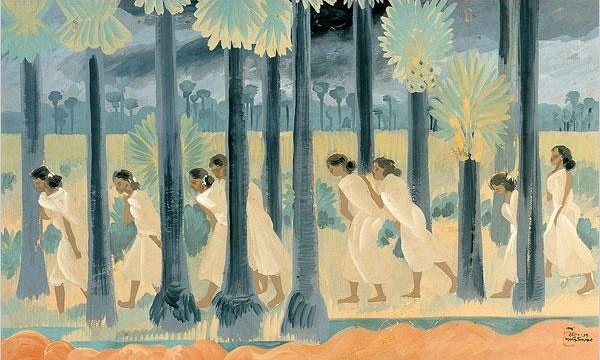
Let me take a special case. The man who in his meditation or spiritual realization first saw the image of Kali or Nataraja was an artist. Even if he were a sadhaka he was an artist. And the man who first gave this realization a form, he must have been a sadhaka in spite of being an artist. For both have created through a unique rasa the image or composite form of colour or movement and rhythm, or else it has been revealed to them.
***
If you Liked the story? We believe that if individuals like you come forward and SUPPORT THIS ENDEAVOR can make the magazine self-reliant in a very innovative way.

